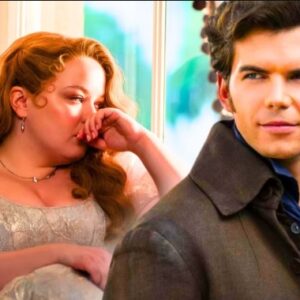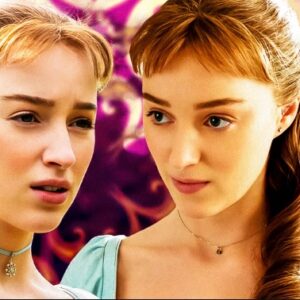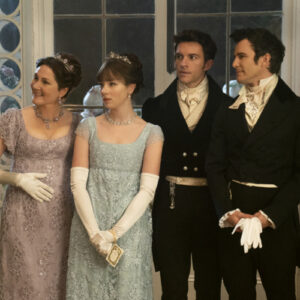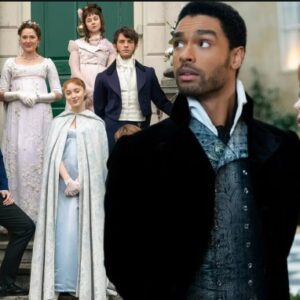
Bridgerton Season 3 Trailer: Potential Toxic Romance Tropes to Watch Out For
A long-awaited Bridgerton season 3 trailer teased a fan-favorite romance, but painted the couple in a toxic light — which is a far cry from good news….

Bridgerton Season 3 Family Tree and Character Ages, Explained
With season 3 of Bridgerton coming out in May 2024, let’s take a look back at the massive Bridgerton family tree and all the characters’ ages.When a…

New Face, New Story: Bridgerton Trailer Reveals Daphne’s Successor for Season 3
Daphne’s reduced & different role in season 2 made the absence of a proper debutante felt, but Bridgerton season 3’s trailer revealed her replacement.The Bridgerton season 3 trailer revealed…

Who Plays Francesca in Netflix’s Bridgerton?
The role of the sixth Bridgerton sibling was recast for season three.Francesca Bridgerton is the first major character on Netflix’s hit Bridgerton to be recast: actress Hannah Dodd…

Why Isn’t Benedict the Lead of Bridgerton Season 3? Exploring the Character’s Role in the Series
The new Bridgerton showrunner explains why the Netflix series won’t follow Julia Quinn’s books in order. n May 2022, Netflix confirmed that Bridgerton season three will not be taking its story from…

Head to these places to experience the magic of Bridgerton
Dearest Gentle Reader, what wonders await us in the upcoming season 3 of Netflix’s original series Bridgerton? With its intriguing storyline and aesthetic screen design, it has made…

Bridgerton Season 3: Why Eloise Becomes Friends With Penelope’s Bully Explained By Star
In Bridgerton season 3, Eloise is now friends with Penelope’s bully Cressida Cowper, and actor Claudia Jessie explains this apparent betrayal.Claudia Jessie reveals why Eloise has befriended…

Rege-Jean Page Turned Down A Handsome Salary For Second Season, Only To End Up Adding Two Flops To His Filmography!
Bridgerton Season 3 is coming back with a bang. The new season will focus on the love story of Penelope and Colin, taking center stage. But fans can’t…

Bridgerton: Daphne & Simon’s Story Is Over (& That’s A Good Thing)
Bridgerton is focused on Simon and Daphne’s romance, but it concludes at the end of season 1. This is good, as it paves the way for other…

Unexpected Twists Await: Bridgerton Season 3 Teases Eloise’s Betrayal and a New Villain Narrative
Bridgerton season 3’s trailer included a brief update on what Eloise is up to in the upcoming series, revealing her shocking betrayal of Penelope.Bridgerton season 2’s finale markedly…